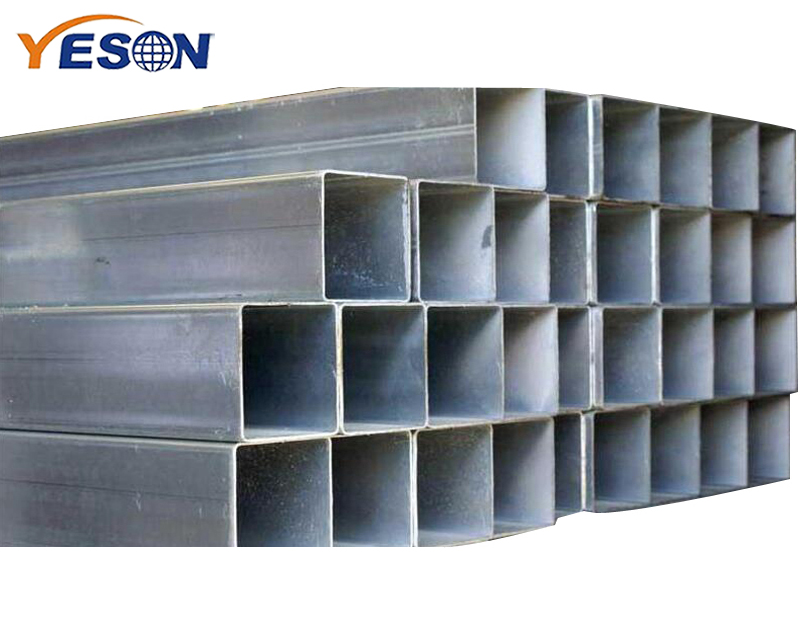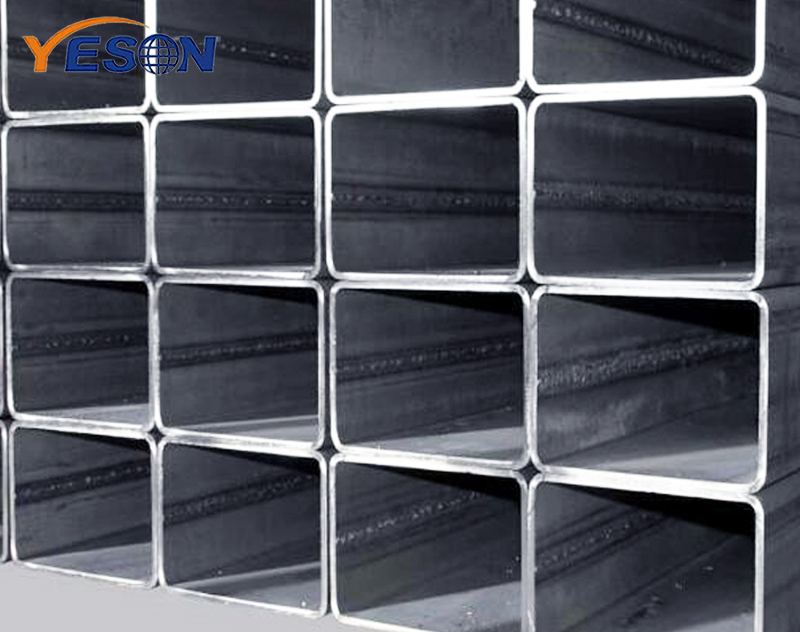Quenching refers to heating the galvanized steel pipe to the quenching temperature, holding it for a period of time, and then rapidly cooling it in water, salt water or oil. After such heat treatment, the pipe can obtain higher hardness and wear resistance, and it can also obtain certain special properties after tempering, such as higher strength, elasticity and toughness. There are four methods for quenching galvanized steel pipe:

(1) Double liquid quenching
The pipe is heated to the quenching temperature, after heat preservation, it is quickly cooled in water to 300-400℃, and then moved into oil for cooling.
(2) Surface induction hardening
The galvanized steel pipe is placed in the inductor, and the inductor generates a magnetic field under the action of a certain frequency of alternating current. Under the action of the magnetic field, an induced current is generated to heat the surface quickly to the quenching temperature. At this time, water is immediately sprayed onto the surface of the pipe. The surface induction hardened pipe fittings are hard and wear-resistant, while the core maintains good strength and toughness. Surface induction hardening is suitable for medium carbon steel and alloy materials with medium carbon content.

(3) Single liquid quenching
Single-liquid quenching is only suitable for carbon steel and alloy materials with simple shapes and low technical requirements. When quenching, for carbon steel parts with a diameter or thickness greater than 5-8mm, use salt water or water cooling, and alloy pipe fittings use oil cooling.
(4) Flame surface quenching
The flame of mixed combustion of acetylene and oxygen is sprayed on the surface of the galvanized steel pipe to quickly heat it to the quenching temperature, and then spray water to the surface immediately. Flame surface quenching is suitable for large-scale medium-carbon steel and medium-carbon alloy materials with single-piece or small batch production, hard and wear-resistant surfaces, and can withstand impact loads.